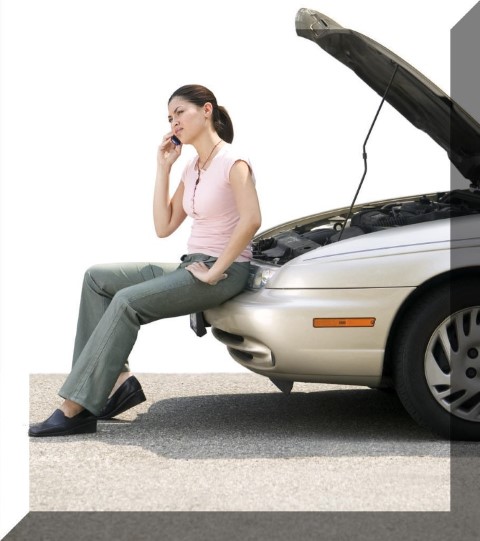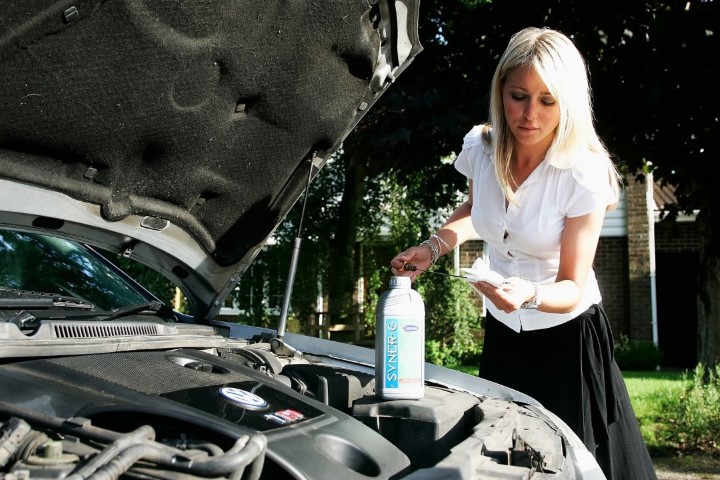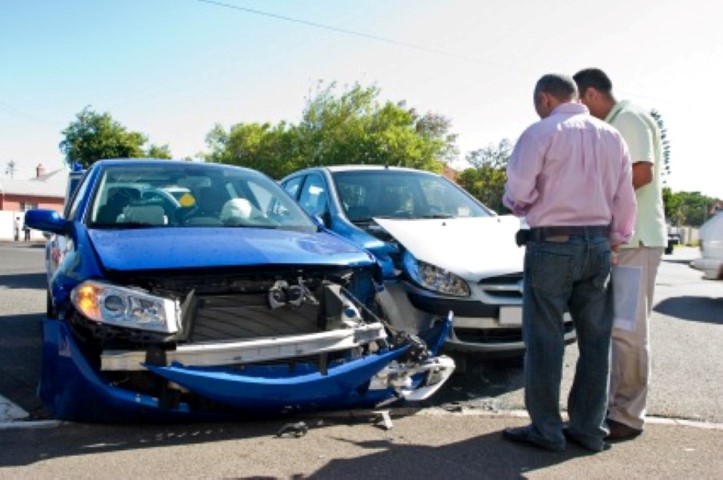Toyota to recall 7.4 million vehicles globally on power window glitch
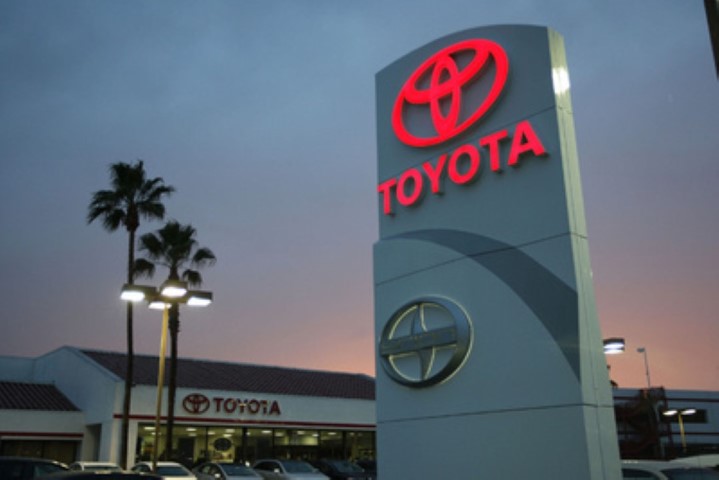 TOKYO, JAPAN - Toyota Motor Corp. announced the industry's biggest single automotive recall since 1996, saying it will pull back 7.43 million vehicles worldwide -- including 2.47 million in the United States -- to fix power window switches.
TOKYO, JAPAN - Toyota Motor Corp. announced the industry's biggest single automotive recall since 1996, saying it will pull back 7.43 million vehicles worldwide -- including 2.47 million in the United States -- to fix power window switches.
The U.S. action covers various 2007 through 2009 models of the Camry, Camry Hybrid, Yaris, RAV4, Tundra, Scion xD, Scion xA, Sequoia, Highlander, Highlander Hybrid, Corolla and Matrix. About 240,000 vehicles in Canada are also affected.
The recall comes as President Akio Toyoda pushes to rebuild the company's reputation for quality. Toyota recalled more than 10 million units in 2009 and 2010 for defects associated with unintended acceleration.
Toyota didn't provide estimates on the cost of the recall. The power window switches can be repaired in about an hour depending on the dealer's work schedule, the company said in a statement.
"The process to repair (the power window switch) is not an extensive one," spokeswoman Monika Saito said.
The automaker said driver's-side switches are prone to having a "notchy" or "sticky" feel. If commercial lubricants are applied to address the issue, the switch assembly could melt or emit smoke and in some cases cause a fire.
The company said it's conducting the recall to inspect the vehicles and apply special fluorine grease to the switch.
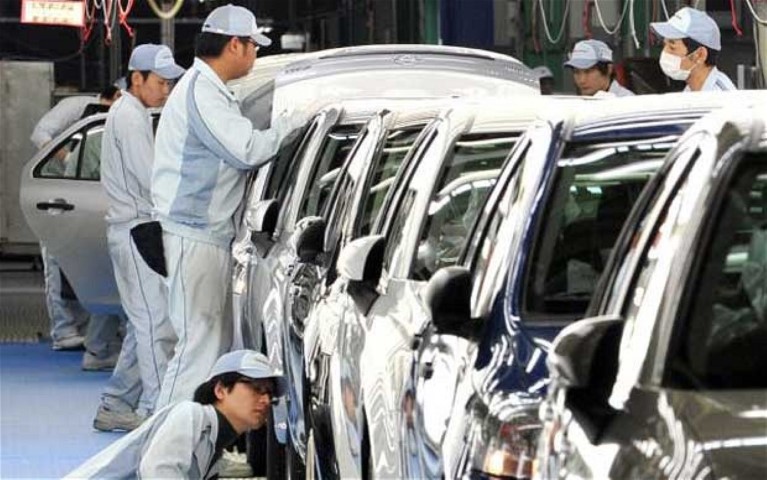 Toyota said it hasn't received any reports of injuries or accidents because of the issue. The first time the problem was reported was in September 2008 in the United States, Saito said.
Toyota said it hasn't received any reports of injuries or accidents because of the issue. The first time the problem was reported was in September 2008 in the United States, Saito said.
Other countries
About 1.4 million vehicles in China and 1.39 million in Europe are also affected, said Joichi Tachikawa, a Tokyo-based spokesman.
The firm is also recalling 650,000 vehicles in Australia and Asia, 490,000 in the Near and Middle East, and 330,000 elsewhere, said Shino Yamada, another spokeswoman for Toyota.
Koichi Sugimoto, senior analyst at BNP Paribas Securities in Tokyo, said: "Of course, 7 million vehicles is a huge number, but it's probably not going to be like last time when customers in the United States avoided buying Toyota cars. This sounds like a completely different scale from then."
Another securities analyst, Satoru Takada of Toward the Infinite World Inc., said: "Even if you calculate the cost in a very simple way, it's going to be significant. What comes with standardizing platforms and parts is that these recalls become immense."
The move comes a day after Toyota reported that its sales fell 49 percent year-on-year in China in September. Japanese car brands have suffered as a result of an outbreak of anti-Japan sentiment in China in response to a territorial dispute between the two countries.
In 1996, Ford Motor Co. pulled back 8 million vehicles to replace defective ignition switches linked to engine fires.


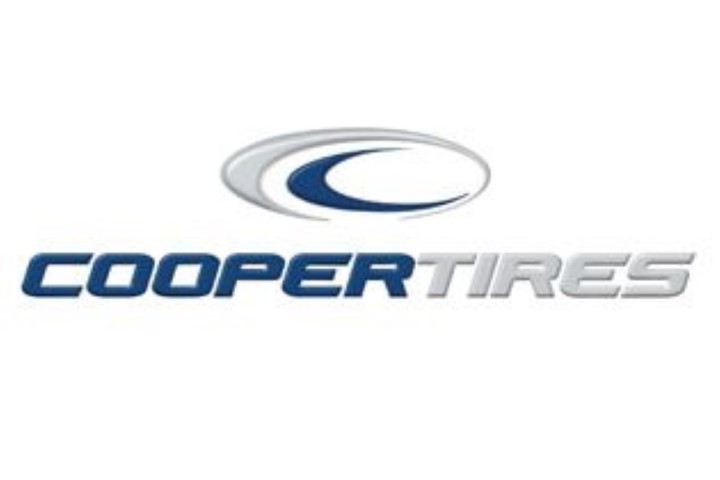 Cooper Tire has been a proven winter tire brand in North America for decades, providing high-performing and extensive product lines, such as the Weather-Master S/T2™, Weather-Master WSC™ and the Discoverer M+S™. All Cooper winter tires include a patented snow groove technology that retains snow in the tread grooves, capitalizing on the higher traction of "snow on snow" versus "snow on rubber." The compound is formulated to respond with higher levels of grip in ice, slush and other winter conditions.
Cooper Tire has been a proven winter tire brand in North America for decades, providing high-performing and extensive product lines, such as the Weather-Master S/T2™, Weather-Master WSC™ and the Discoverer M+S™. All Cooper winter tires include a patented snow groove technology that retains snow in the tread grooves, capitalizing on the higher traction of "snow on snow" versus "snow on rubber." The compound is formulated to respond with higher levels of grip in ice, slush and other winter conditions.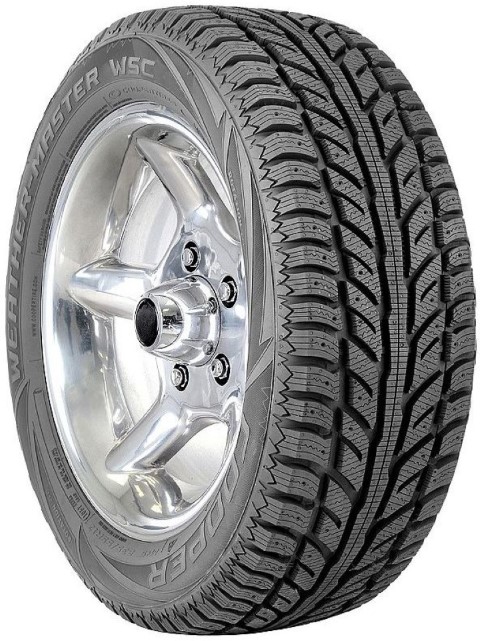 When purchasing winter tires, replace all four tires. Due to the different grip capabilities of summer, all season and winter tires, the driver will not get all of the handling and traction benefits if all tires are not replaced.
When purchasing winter tires, replace all four tires. Due to the different grip capabilities of summer, all season and winter tires, the driver will not get all of the handling and traction benefits if all tires are not replaced.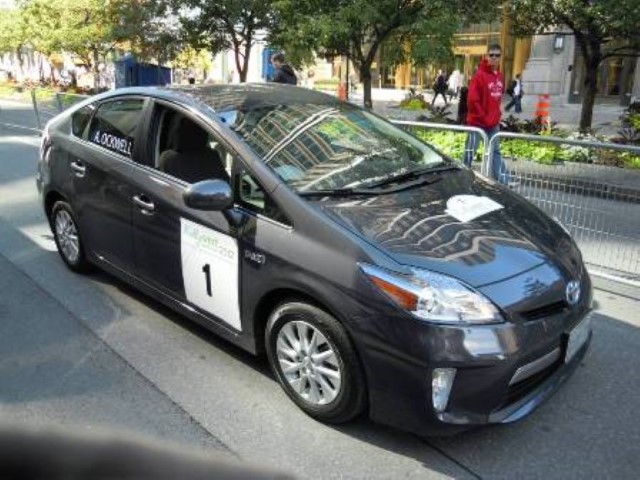 The PHV, with its unique Hybrid Synergy Drive® platform, placed first in fuel consumption, with only 19L of fuel used for the 530 km of rallying, or average fuel efficiency of 3.6L/100 km. As an additional highlight for the Toyota family, the Lexus CT 200h recorded the second-best efficiency, at 4.3L/100 km. The results are notable, particularly as other companies have been comparing the performance of their vehicles to the Prius, and results like these demonstrate how it remains the benchmark for green vehicles.
The PHV, with its unique Hybrid Synergy Drive® platform, placed first in fuel consumption, with only 19L of fuel used for the 530 km of rallying, or average fuel efficiency of 3.6L/100 km. As an additional highlight for the Toyota family, the Lexus CT 200h recorded the second-best efficiency, at 4.3L/100 km. The results are notable, particularly as other companies have been comparing the performance of their vehicles to the Prius, and results like these demonstrate how it remains the benchmark for green vehicles.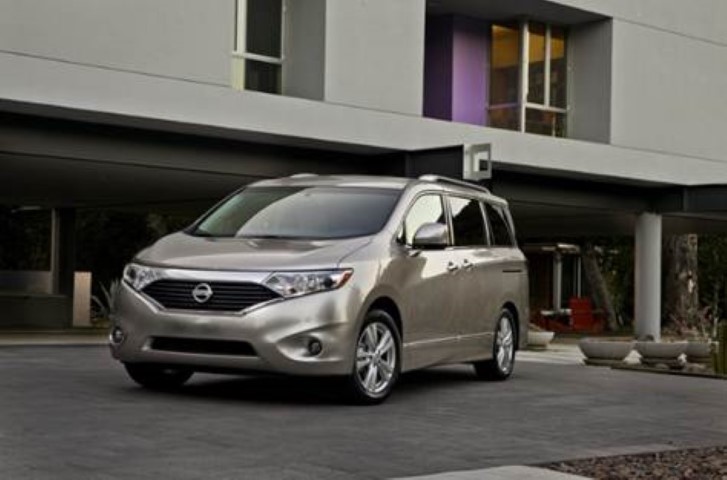 Enhancements for 2013 include the addition of standard Around View® Monitor on LE models, which utilizes four small superwide-angle cameras mounted on the front, side and rear of the vehicle to provide a virtual 360° view of objects around the vehicle, helping to maneuver it into tight spots. Also new for 2013, is the availability of the DVD Entertainment System on the SV model, making this popular option even more affordable for Canadian families. The DVD Entertainment System remains standard on Quest LE and continues to be offered as an option on SL models.
Enhancements for 2013 include the addition of standard Around View® Monitor on LE models, which utilizes four small superwide-angle cameras mounted on the front, side and rear of the vehicle to provide a virtual 360° view of objects around the vehicle, helping to maneuver it into tight spots. Also new for 2013, is the availability of the DVD Entertainment System on the SV model, making this popular option even more affordable for Canadian families. The DVD Entertainment System remains standard on Quest LE and continues to be offered as an option on SL models.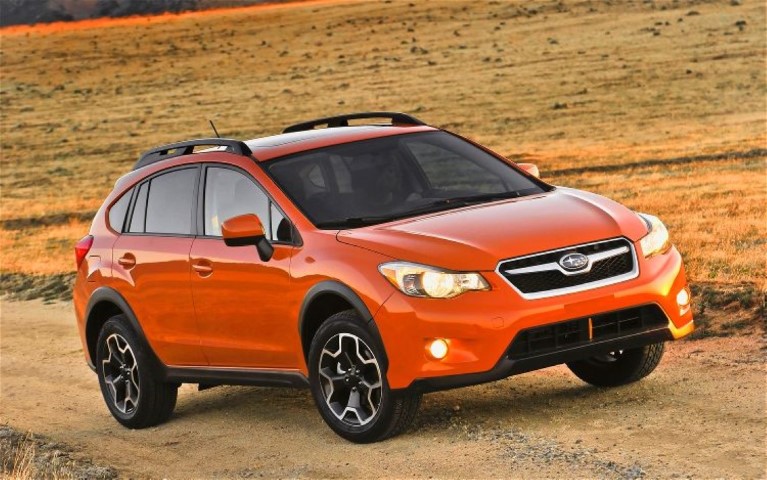 LANGLEY, B.C.– Subaru owners who need to replace the original tires on their cars, cross-overs and SUVs needlook no further than their nearby Subaru dealership to find the complete line of Yokohama premium passenger, light truck and winter tires, thanks to a new agreement between Subaru Canada Inc. and Yokohama Tire (Canada) Inc.
LANGLEY, B.C.– Subaru owners who need to replace the original tires on their cars, cross-overs and SUVs needlook no further than their nearby Subaru dealership to find the complete line of Yokohama premium passenger, light truck and winter tires, thanks to a new agreement between Subaru Canada Inc. and Yokohama Tire (Canada) Inc.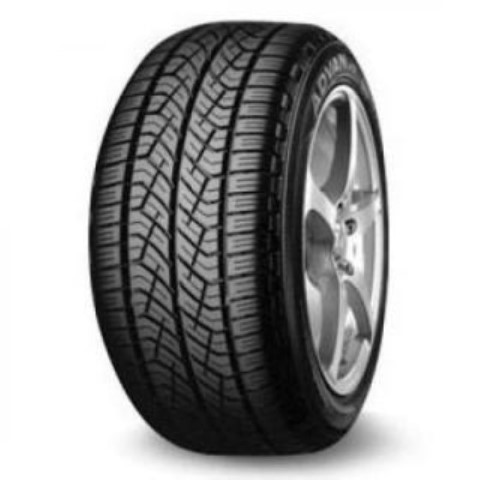 Subaru dealers will work with existing Yokohama dealers to manage product distribution.
Subaru dealers will work with existing Yokohama dealers to manage product distribution.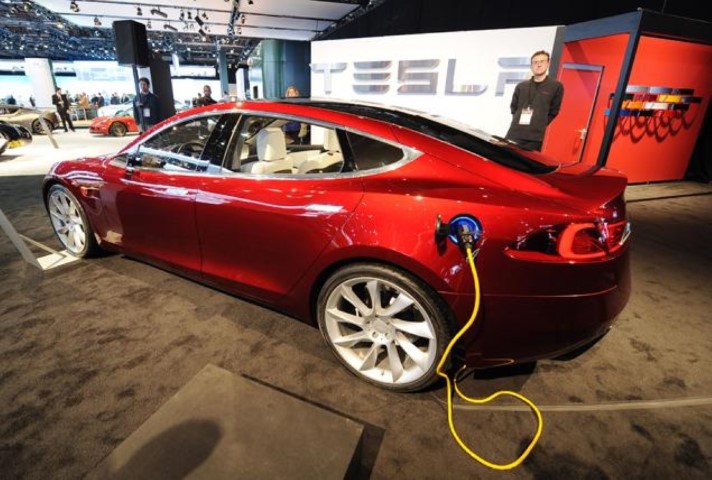 HAWTHORNE, Calif. - Tesla Motors Inc. unveiled a solar-powered charging station that it said will make refuelling electric vehicles on long trips about as fast as stopping for gas and a bathroom break in a conventional car.
HAWTHORNE, Calif. - Tesla Motors Inc. unveiled a solar-powered charging station that it said will make refuelling electric vehicles on long trips about as fast as stopping for gas and a bathroom break in a conventional car.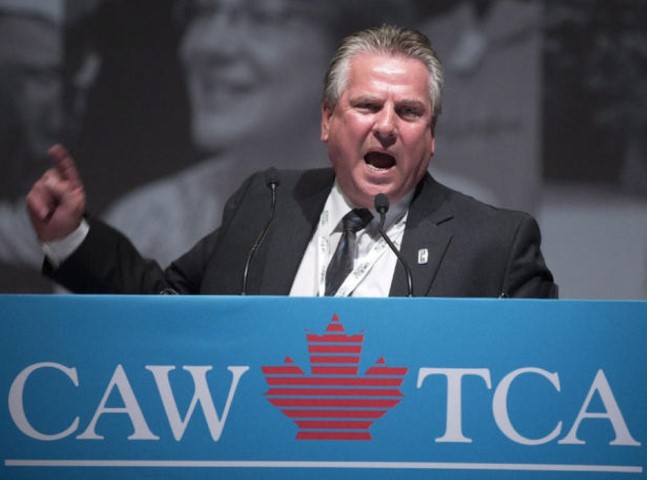 The Canadian Auto Workers reached a tentative labor agreement with General Motors that the union said will secure new investment, preserve jobs and delay the shutdown of a major assembly line.
The Canadian Auto Workers reached a tentative labor agreement with General Motors that the union said will secure new investment, preserve jobs and delay the shutdown of a major assembly line.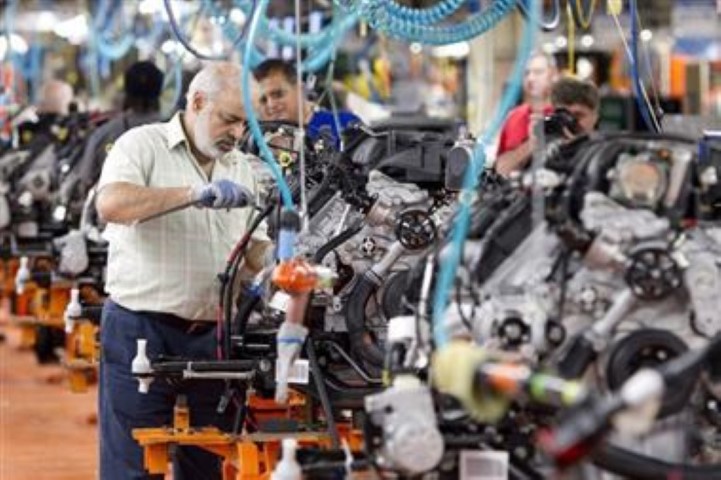 Lewenza said GM has agreed to add a third shift on the flex line at its Oshawa, Ontario, assembly plant early next year, which will create or maintain 900 jobs.
Lewenza said GM has agreed to add a third shift on the flex line at its Oshawa, Ontario, assembly plant early next year, which will create or maintain 900 jobs.
